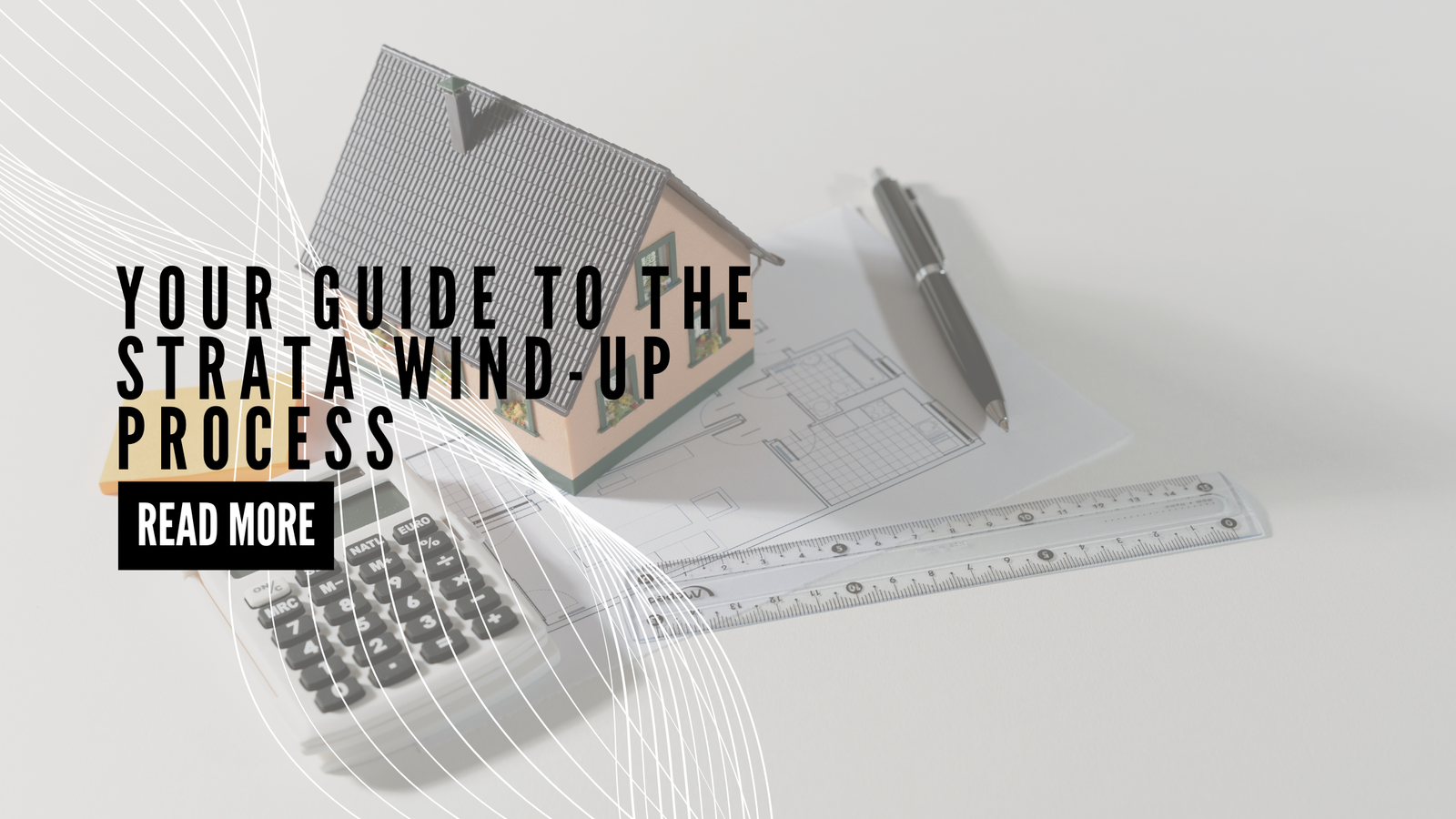
Strata wind-ups can be a complex and nuanced topic, especially for owners who are trying to decide whether to hold onto their property or sell it. Below, we’ll break down the key points and considerations for anyone facing a strata wind-up scenario.
How the Process Works
Potential Benefits
1. Increased Sale Price:
Risks and Drawbacks
1. Deferred Maintenance and Repairs:
1. Tenancy Issues:
While there are signs that the market might shift toward a seller’s market in the coming months, there are external factors at play, such as global events and geopolitical uncertainty. Additionally, developers may not be eager to acquire new sites at this time, with many opting to wait and see how the market evolves. Some developers saw themselves overleveraged over the last couple of years and are facing the music with lack of sales, delayed projects, or in some cases even foreclosure and or/being forced into receivership.
If you’re considering holding your property for a potential wind-up, it’s important to weigh the potential rewards against the risks and uncertainties. Here are some key points owners should carefully consider:
We’re here to help. If you have any questions about the strata wind-up process or want to explore your options, don’t hesitate to contact us. You can also find additional information on the BC Government website or review legal resources that outline the process in detail.
What is a Strata Wind-Up?
A strata wind-up occurs when the owners of a strata development agree to sell the entire property to a developer. This process requires significant owner consensus and comes with various risks, rewards, and uncertainties.How the Process Works
1. Initial Discussion and Survey:
- The strata council typically initiates discussions and surveys owners to gauge interest.
- A 3/4 vote resolution is required to sign a listing contract to market the property as a wind-up.
- Once an offer is received, 80% of the owners must approve it at a Special General Meeting (SGM) before applying to the court to oversee the process.
- The process can take 1-2 years or longer, depending on owner consensus and the time it takes to receive an acceptable offer.
Pros and Cons of a Strata Wind-Up
Potential Benefits
1. Increased Sale Price:
- In some cases, a strata wind-up can lead to a higher sale price for individual owners compared to selling units individually.
- Selling as a collective group can be appealing to developers, who may offer a premium for the entire property.
1. Deferred Maintenance and Repairs:
- Strata corporations may defer major repairs or expenditures in anticipation of a wind-up. This can lead to increased costs if repairs are needed later.
- For example, say there had been domestic piping leaks, and the strata was seeking quotes for replacements. Delaying this repair could result in further leaks and higher insurance costs.
- The process requires 80% owner approval and court oversight, which can lead to delays.
- Even if the owners agree, it may take a year or more to secure an acceptable offer.
- Owners may face out-of-pocket expenses if repairs are delayed or if special levies are required.
- Say a building's depreciation report had estimated $1,300,00 - $1,350,000 million in spending over the next 10 years. If the wind-up doesn’t proceed, who pays the bill? The current owners will likely be responsible for these costs.
Key Considerations for Owners
1. Tenancy Issues:
- If the property is rented out, tenant rights come into play, including notice periods and compensation.
- Owners should consider how they would handle costs if major repairs are needed during the wind-up process.
- While there may be interest in a wind-up, the current market conditions may not be favorable for developers, for example higher interest rates, and building costs, development taxes etc.
- Owners need to be clear about their long-term goals. If selling quickly and freeing up capital is the priority, holding out for a wind-up might not be the best option.
Is the Market Ready for a Wind-Up?
While there are signs that the market might shift toward a seller’s market in the coming months, there are external factors at play, such as global events and geopolitical uncertainty. Additionally, developers may not be eager to acquire new sites at this time, with many opting to wait and see how the market evolves. Some developers saw themselves overleveraged over the last couple of years and are facing the music with lack of sales, delayed projects, or in some cases even foreclosure and or/being forced into receivership.
Conclusion: Making an Informed Decision
If you’re considering holding your property for a potential wind-up, it’s important to weigh the potential rewards against the risks and uncertainties. Here are some key points owners should carefully consider:
- The likelihood of achieving an acceptable offer.
- The potential costs of deferred maintenance.
- The timeline and whether they are prepared to hold the property for another 1-2 years.
Need More Information?
We’re here to help. If you have any questions about the strata wind-up process or want to explore your options, don’t hesitate to contact us. You can also find additional information on the BC Government website or review legal resources that outline the process in detail.

